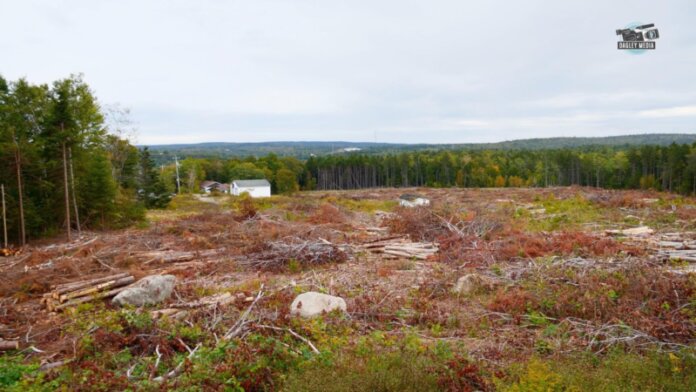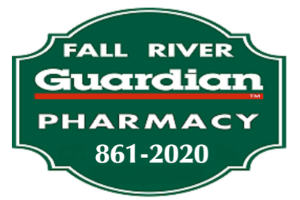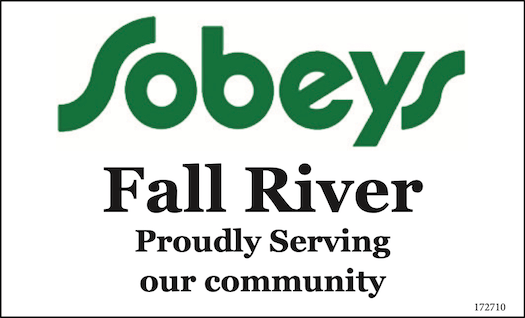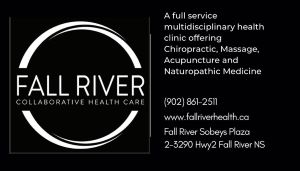FALL RIVER: A consultant’s review of the receiving water study of the treated effluent pipe that is to go into Lake Thomas has determined there will be “no measurable impact on the drinking water at the intake pipe.”
In essence, that means that with the dilution, flushing, distance, mixing and biodegradation, the effluent would be such that the levels would be non-existent or so low that they could not be detected or measured by any test, said Nova Scotia Environment and Climate Change (NSECC) spokeswoman Tracy Barron.
“Therefore, the wastewater approval issued by the Department in 2020 will remain in place,” she said.
Barron said NSECC understands that residents are concerned about the impacts of effluent discharge on the lake and drinking water. That’s why they had asked the developer to have the consultant do a due diligence review of the original receiving study to ensure that the intake pipe for the Lake Thomas Park Association has been considered.
A receiving water study assesses usage to ensure what is being done won’t have a negative impact .
She said NSECC’s only role in the development, known as the Carr Farm development, was in issuing the wastewater approval and ensuring there are no violations of the Environment Act.
“The review confirmed the findings of the original study upon which the approval was based,” said Barron. “NSECC has no further role.”
The decision by NSECC was disappointing to Lindsey Hamilton-Swaine, one of the 11 residents who get their drinking water just 250 metres from where the treated effluent pipe will come out in Lake Thomas.
“I’m very disappointed in our government that in 2022 we allow big companies to continue to destroy the environment for a dollar,” she said. “I can’t trust that there will not be a failure in their system, and this will cause me to not be able to drink the water that comes from my taps. I will be forced to buy water to drink to ensure my families safety.
“Unlike the government I want to protect my family. I can assure you that if these government officials lived on Lake Thomas and relied on it for clean drinking water for their families this would not be happening.”
She wondered how HRM, and the province can ignore their own rules and turn a blind eye to the fact that there will be an increase to the phosphorus levels from the effluent water.
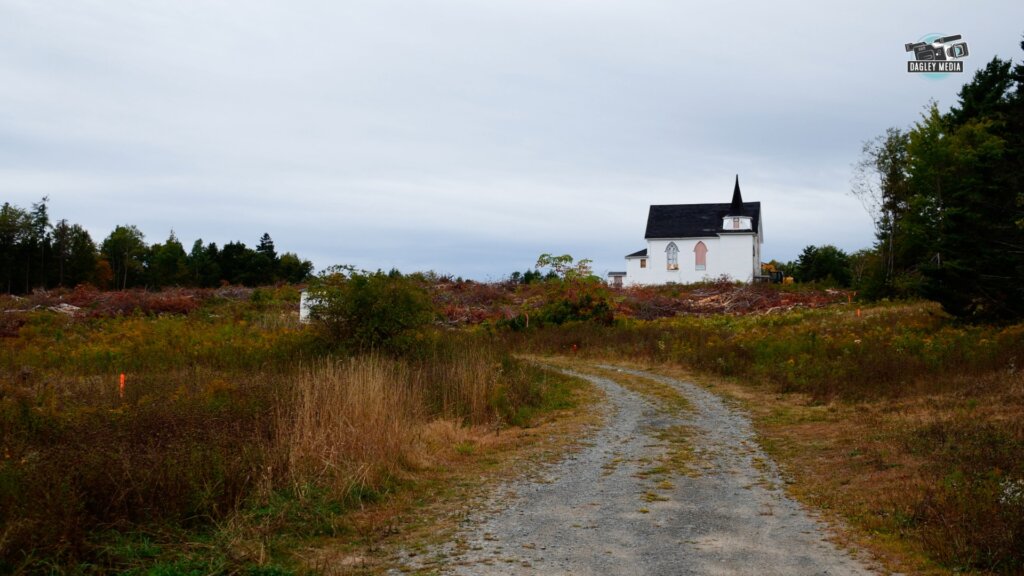
Hamilton-Swaine said her family’s next step is to meet with a lawyer and see what can be done to stop this from happening.
She said MLA Brian Wong did meet with her and her father-in-law a few weeks ago with some NSECC officials that specialize in drinking water and the standards for wastewater.
“They tried to convince me to trust the science . But that’s really hard to do when corners were cut, and mistakes have already been made on this development.”
She felt that MLA Wong only met with them because he had to as their representative.
“It’s very disappointing,” she said.
Equally as disappointed was the reaction from Councillor Cathy Deagle Gammon.
“It’s disappointing that the review provided no change at all to the approval,” said Deagle Gammon on Sept. 23. “This resides exclusively with NSECC, and they have the final say.”
She was asked what avenues are left with residents to stop the treated effluent pipe from going into Lake Thomas, if any.
Deagle Gammon said she was aware the community citizen group has begun an online petition requestion Premier Tim Houston intervene. She said she has asked for a meeting with NSECC Minister Tim Halman and is awaiting a response.
“Other than ‘political will’ I’m really not sure what needs to happen for NSECC to change the decision to approve the sewage treatment plant (STP),” she said.
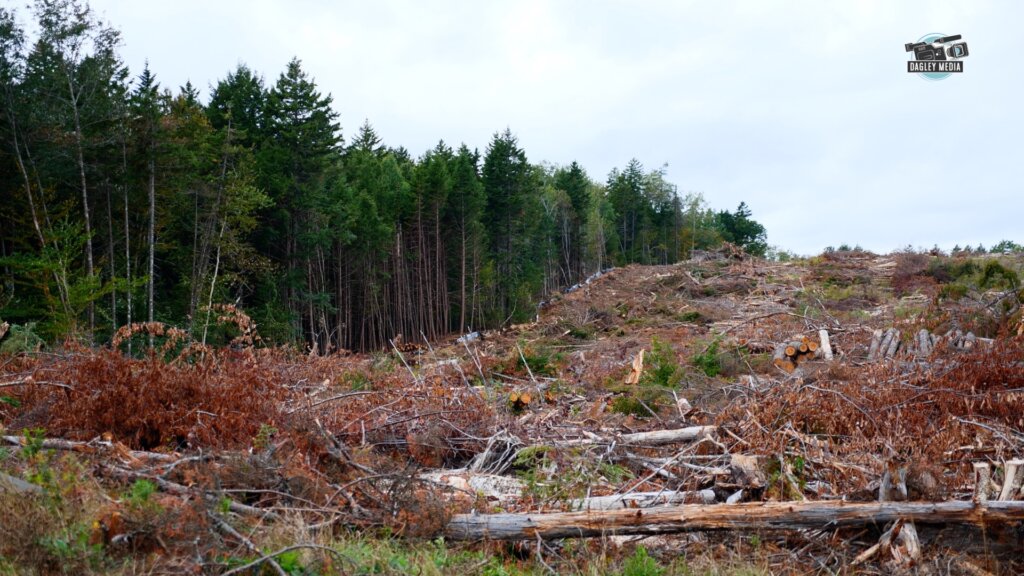
When asked about how things have got to where they are as residents indicate that adding new pollutants from effluent originating from a new, large population of people is opposite of what municipal policy says, Deagle Gammon said it’s a great question with a complicated answer that everyone is still debating.
“My understanding at this time is that the Phosphorus Net Loading Study (PNLS) for the Carr Farm site does not take into account phosphorus that may be present within treated effluent leaving the site,” she explained.
“The discharge of treated effluent into the lake system from the private sewage treatment plant is regulated and monitored by NS Environment and Climate Change.
“The provincial approval of the Carr Farm sewage treatment plant and effluent discharge is based on the receiving waters study that establishes that the health of the lake will not be impacted.”
She said the debate is if HRM has a no net increase in phosphorus – why is ‘phosphorus from treated effluent’ not taken into consideration in the municipal approval.
“So, treated effluent discharge wasn’t a consideration at the time of policy development,” said Deagle Gammon. “It’s not in opposition to policy, just not addressed within policy.”
An online petition, while it can’t be submitted to the province or HRM as it does not meet their standard criteria, has been started as residents fight the effluent pipe going into the lake. It has seen more than 1,300 sign it as of 10 p.m. Sept. 23.
It can be found at: https://www.change.org/p/no-carr-farm-effluent-pipe-in-lake-thomas-fall-river

